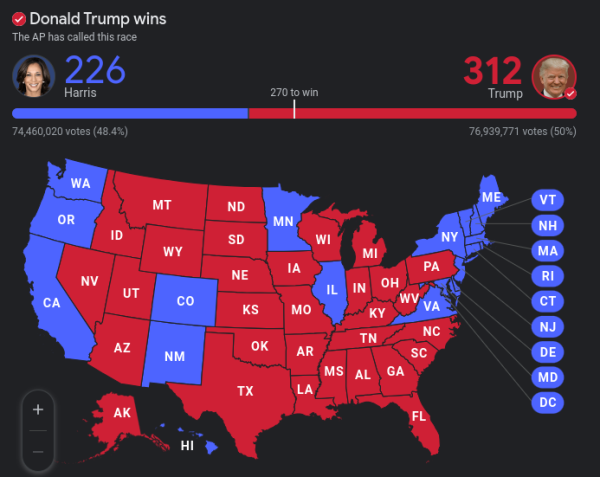The Decline of Obscure Social Media
On October 27, 2016, Twitter announced they were shutting down one of their secondary apps: Vine. It’s not the first of small social medias to disappear, either.
According to Statista, a site dedicated to collecting statistics, the average person spends more than 2 hours every day on social media. With so much time dedicated daily, it’s no surprise that a massive industry has evolved. Said industry has become dominated by no more than ten apps, leaving no room for new creativity and media.
Giants like Facebook have earned over $7 billion in the past three months, according to their financial reports. Twitter, Instagram, and Youtube aren’t far behind, each with multiple hundred million dollar revenue (as declared by their own financial reports). Each app has existed for at least seven years, and each has become a dominant competitor for attention.
When a new app or feature emerges, these giants are quick to snap up the trend. Instagram just released their “stories” feature, which includes filters and photos that disappear after a certain amount of time. Both of these are key components of another app: Snapchat.
Similarly, Twitter announced that they are adopting the six-second videos characteristic of Vine, just before they announced that Vine was being shut down.
According to Vine’s popularity statistics, more than half of the 9,000 most viewed creators deleted or abandoned their accounts within three years prior to the announcement. Often, they are migrating to larger platforms—such as YouTube, in this case— in order to reach larger audiences and generate more revenue.
Their leaving causes viewers to abandon the app, which creates a repetitive cycle of events. Apps lose their relevancy once the popular creators leave, and they just disappear in our memories.
Yik Yak, similarly, adopted many of the characteristics of Tumblr— another app to post thoughts and “cheap laughs” on. Jokes would be traded from one to the other, until the larger of the two apps, Tumblr, took over the other. The aspect of animosity was part of the pull, but ultimately it wasn’t enough to keep Yik Yak relevant in people’s minds.
Only a few apps have stood the test of time, and even they survive only from preying on others. Creativity for new apps is becoming rare as the giants take over, leaving the market dominated by few.

Kallie Brown is completely stoked to be back on staff as a senior and Arts & Entertainment Editor....

![Photo Credit; Miller, Kim. “City of Asheville prepares for a weekend of winter weather.” City of Asheville prepares for a weekend of winter weather [Ashville], 10 February 2023, https://www.ashevillenc.gov/news/city-of-asheville-prepares-for-a-weekend-of-winter-weather/. Accessed 06 January 2025.](https://binghamprospector.org/wp-content/uploads/2025/01/Screenshot-2025-01-14-7.54.38-AM.png)

